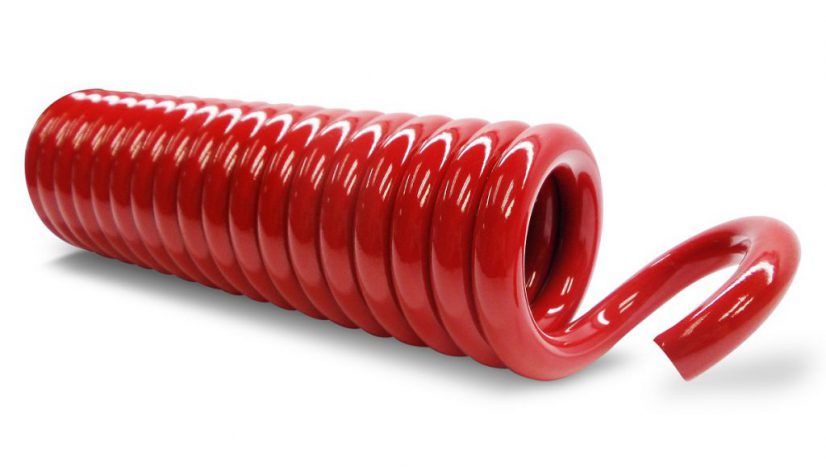E-Coating Process Considerations
There are numerous industrial metal finishing options. But electrophoretic deposition – known as e-coating – is considered a preferred method for numerous reasons. It is often compared to powder coating, a similar coating process. There are several factors to examine when considering the e-coating process.
E-Coating Vs. Powder Coating
Both the e-coating process and powder coating process provide superior protection for metal surfaces and are based on the same principle of electrodeposition. In both cases, the coating is applied to a substrate in order to enhance corrosion protection, increase wear resistance, and promote adhesion. However, e-coating is considered a “wet” process while powder coating is considered a “dry” process.
While powder coating electrifies powdered paint particles, the e-coating process involves immersing the surface in a pool of liquid paint that is then electrified. The thickness of the coating is determined by the amount of electric current applied to the liquid. This allows for a highly precise coating thickness and consistent film layers.
Do you like what you are reading? Please share with your network or email this post to your colleagues and follow us on Social Media. We are on: [et_social_follow icon_style=”slide” icon_shape=”rounded” icons_location=”left” col_number=”auto” spacing=”true” outer_color=”dark” network_names=”true”]
An Overview of the E-Coating Process
The e-coating process consists of four phases:
- Pretreatment
The metal surface is prepared for e-coating with a thorough cleaning and phosphating. - Electrocoat Bath
The coating begins with a bath of approximately 85% deionized water and 15% paint solids. - Post Rinses
The e-coating process is over 95% efficient because what limited paint solids cling to the surface as it exits the bath are removed by post rinses. - Bake Oven
After the final rinses, the oven cross links and cures the paint for maximum performance; most e-coating systems employ a minimum bake time of 20 minutes under 375-degree heat.
E-coating is quite useful for both primer and topcoat applications. Cathodic epoxy electrocoat is a useful primer technology that offers superior adhesion and corrosion protection. It is compatible with a variety of topcoat materials – both wet and dry – and is generally used when parts can withstand curing temperatures up to 380 degrees. For more sensitive parts requiring temperatures as low as 180 degrees, anodic epoxy electrocoat is used. Cathodic acrylic electrocoat is a superior topcoat technology for protection against the sun’s UV rays. Generally, only one coat is necessary to achieve good overall adhesion and corrosion resistance.
When to Choose E-Coating
The e-coating process is typically preferred over powder coating for hard-to-reach surfaces. Coating thickness can be thinner with e-coating, and liquid immersion reaches these surfaces more evenly and easily than a powder.
E-coating is very popular for automotive applications, particularly as a primer. It offers extra corrosion resistance for automobiles, which are usually exposed to the elements most of the time. Manufacturers find the increased substrate durability attractive, as well as its ease of regulating the thickness of the coat. This is especially useful for complex parts that require a uniform film thickness.
The ongoing cost of the e-coating process is significantly less than other coating solutions, as it is a highly efficient process. However, manufacturers must consider the up-front capital requirement for equipment. Many choose to outsource this phase of production and capitalize on the cost savings without the need for prohibitive start-up costs.
Please share this article with your colleagues using these social media icons below:

